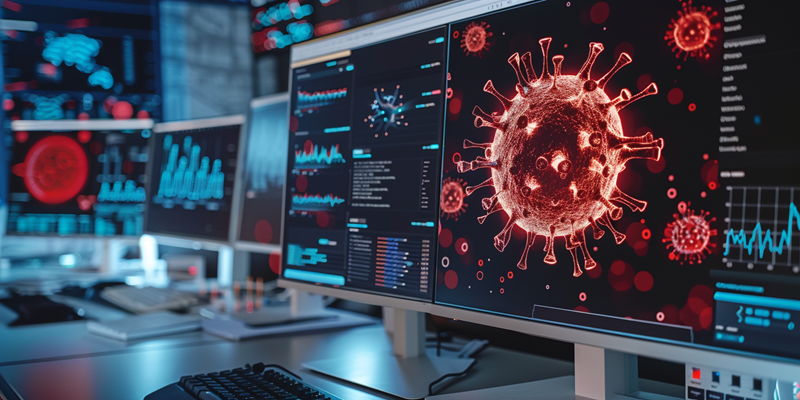The evolution of cyber threats is an ongoing and escalating conflict between hackers and defenders. DarkGate malware, appearing first in 2018, stands as a stark reminder that the threats we face in the cybersecurity landscape are continually adapting. Its creator, known as RastaFarEye, has recently launched version 6, marking a significant change in the malware’s attack strategy—an alarm signal that has resonated within the cybersecurity community, with experts like Trellix’s Ernesto Fernández Provecho taking note.
Unveiling DarkGate’s New Evasion Tactics
Shifting Scripting Strategies
DarkGate’s recent transition to the AutoHotkey scripting language in version 6 indicates a strategic choice to bypass advanced security measures. This change, first identified by McAfee Labs, shows a deliberate step taken by cybercriminals to improve their tools and avoid detection. By exploiting vulnerabilities like CVE-2023-36025 and CVE-2024-21412, DarkGate aims to sneak past Microsoft Defender SmartScreen, a system designed to prevent malicious activity from unrecognized sources.
The ingenuity of DarkGate doesn’t stop at its scripting evolution. This remote access trojan (RAT) has also altered its delivery mechanisms to increase its chances of success. Phishing emails are its primary mode of entry, often containing Microsoft Excel attachments or HTML files laced with malicious macros. Once activated, these macros set off a chain of events that eventually leads to the execution of an AutoHotkey script, triggering the RAT payload without raising alarms.
Feature Streamlining for Evasion
Amid its evolutions, DarkGate has also seen a paring down of its features, possibly a tactical decision influenced by the demands of its criminal customers. Fernández Provecho suggests that capabilities such as privilege escalation and hVNC were intentionally removed to reduce the malware’s attack surface. By doing so, DarkGate appears to aim for better evasion, staying cloaked from the vigilant eyes of cybersecurity defenses.
This strategic reduction of features is a calculated move to make DarkGate more stealthy and, consequently, more dangerous. By shedding more visible and aggressive functions, the malware becomes harder to detect and block, enabling it to conduct surreptitious operations within infected systems. Its slimmed-down version aims not at a reduction in power but an increase in guile.
The Broader Cybersecurity Implications
The Rising Threat of Complex Phishing Campaigns
The alarm raised by DarkGate’s advancements is echoed by a broader trend in cyber threats, particularly in the exploitation of services like DocuSign. Cybercriminals are demonstrating increased creativity and innovation in their phishing attempts. These nefarious efforts often involve complex and convincing templates designed with one goal in mind: to orchestrate credential thefts and business email compromise (BEC) scams.
Thus, the cybersecurity landscape is attuned to a pattern of sophisticated phishing techniques, a sign that more troublesome times may lie ahead. In such a scenario, the ability of malware like DarkGate to hide in plain sight becomes even more concerning. Cyber defenders must be prepared for email campaigns that are far more convincing than the rudimentary attempts of the past, for they are meticulously crafted to deceive even the most astute recipients.
Constant Vigilance: The Key to Defense
The battle between cyber attackers and security defenders is a relentless tug-of-war, with the sophistication of online threats escalating perpetually. A prime example is the emergence of DarkGate malware, which surfaced in 2018, illustrating how cyber threats continuously evolve to challenge security measures. Its developer, who operates under the alias RastaFarEye, recently unleashed version 6 of the malware, signifying a drastic tactical shift in how the software carries out its nefarious activities. This development has rung alarm bells throughout the cybersecurity realm. Security professionals, including those like Ernesto Fernández Provecho from security firm Trellix, are standing up and taking notice. The evolution is not just a technological arms race but also a wakeup call that the threatscape of cyberspace is an ever-shifting frontier needing constant vigilance and advanced protective strategies.

